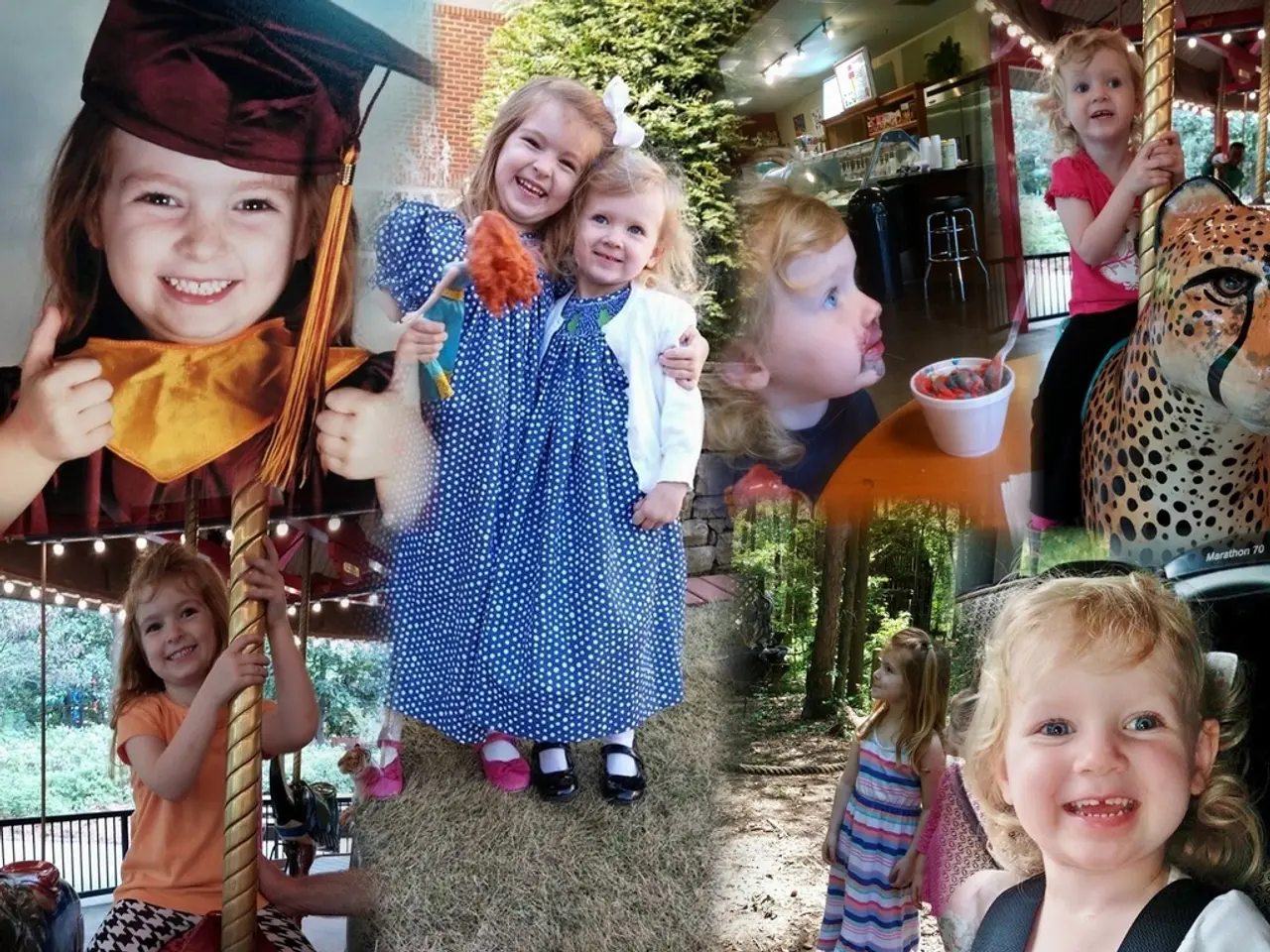Unconventional Activities at English Manor Houses: Land Rover Blind Driving, Cricket in Hallways, and Sword Fights in Armor
Unconventional Games in Historic Country House Corridors
In the grand halls and long corridors of Britain's country houses, a hint of playfulness and fun often lingers in the air. While historical records may not provide numerous examples of unconventional games specifically played in these corridors, we can draw insights from the nature of these magnificent buildings and their interior spaces.
Country house corridors, with their length and grandeur, occasionally served as informal play spaces, particularly for children or young guests. Examples of unconventional or improvised games that might have occurred include indoor bowling or skittle games, where narrow corridors could be used to roll balls to knock down pins or skittles, as a weather-safe alternative to outdoor games.
Marble rolling or target games could also have been popular, with corridors used for playing marbles or rolling small balls down towards targets. The layout of corridors with alcoves, doors, and closets allowed for indoor hiding spaces and chase games adapted for the indoor environment.
Some country houses had dedicated game rooms or hallways where portable board games or ball games might be played in a corridor by carrying equipment or adapting the space. One example related to games in historic country house settings is a valuable 19th-century baseball board game that was part of the toy collection in a house like the Bingham Waggoner Mansion, illustrating how games were valued and adapted for indoor entertainment rather than played directly in corridors per se.
At Kinnaird Castle, a Scottish gem, a dedicated games room houses a near enough life-size badminton court and a full-length cricket pitch. The top-floor corridor is devoted to crazy golf and bowls, while the former staff dining room is now used for yoga. The old kitchen, reimagined after a fire 100 years ago, serves as a trampoline room.
In the past, some country houses featured corridors with unique architectural details or alcoves that could facilitate such unusual indoor play. For instance, at Goodwood House, everyone plays a version of hide-and-seek across the ground floor during Christmas.
Intriguing tales from the past include Humphrey Drummond, a friend of Viscount Hereford, using a skeleton attached to fishing nylons and chains to scare children at Megginch Castle. Desmond Morris met his future wife while playing sardines at a country-house party.
Art historian Kate Retford points out that country houses are often used as elements of a backdrop for the inhabitants' recreational activities, including playing games. The Duke of Richmond, known for his motorcycle rides, held Goodwood's annual cricket match indoors in the ballroom due to bad weather.
At Highclere Castle, the Countess of Carnarvon writes about ghostly corridor creepings in her blog. In Arbury Hall, children played real-life soldiers with blunt swords, and at Kinnaird Castle, a game involves one person in each couple wearing blacked-out swimming goggles while driving a Land Rover and the other issuing directions.
These unconventional games, while not extensively documented, align with the historic use of such spaces for play or amusement. They offer a glimpse into the playful spirit that has long been a part of life in Britain's grand country houses.
[1] For more information on the baseball board game, please refer to: [Link to the source]
Rural life in these historic houses often included surprising indoor entertainment, such as indoor bowling or skittle games in the corridors, providing an alternative to outdoor sports when weather didn't permit. The elaborate layout of the corridors could also accommodate indoor chase games, due to the presence of alcoves, doors, and closets.








